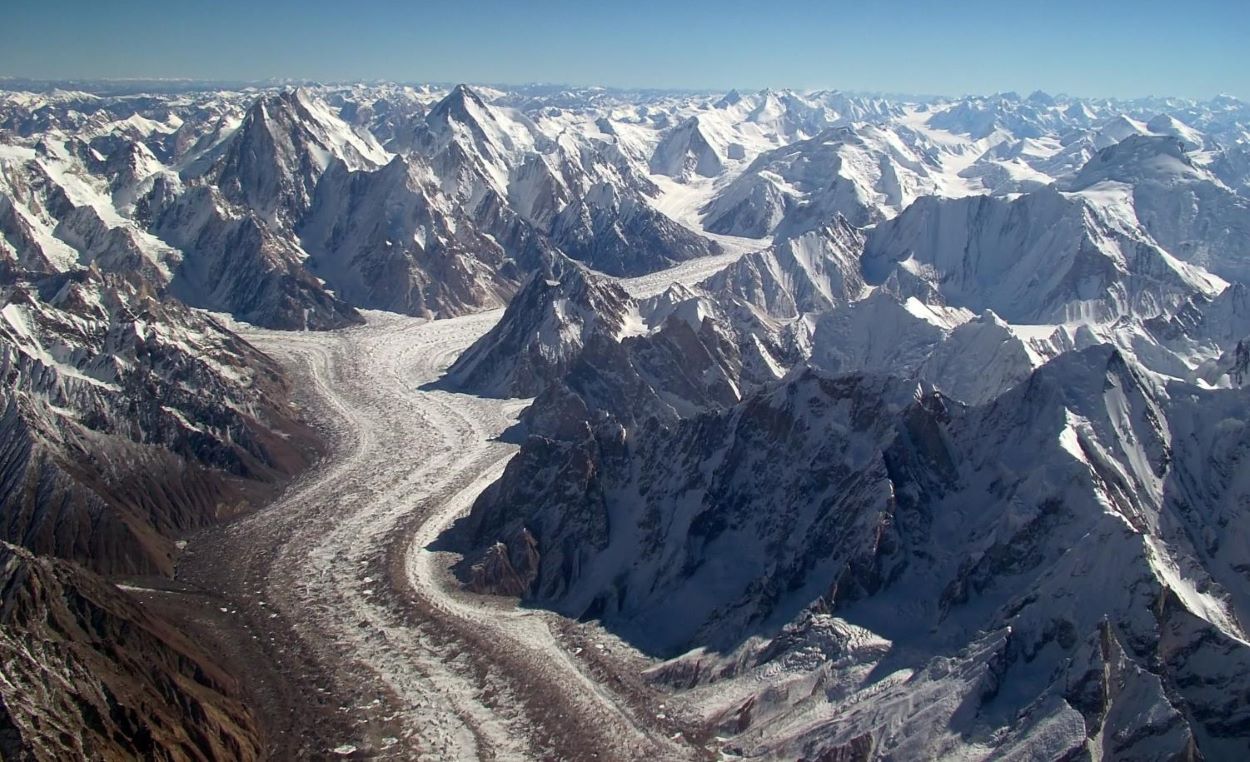According to the Indus River System Authority (IRSA), temperatures in Pakistan’s northern mountainous regions accelerate glacier melting.
This glacier melting has significantly increased water flow in the country’s rivers, with the current total flow reaching 284000 cusecs. Dam reservoirs are holding a combined water storage of 4.9 million acre-feet, IRSA reported.
At Tarbela Dam on the Indus River, water inflow is recorded at 100,000 cusecs. The Jhelum River has an inflow of 590000 cusecs, with the dam’s storage capacity currently at 2.8 million acre-feet.
The water flow in the Kabul River at Nowshera is 83000 cusecs, while the Chenab River at Marala is 40,000 cusecs.
Chashma Barrage sees a water flow of 181000 cusecs, and Taunsa Barrage has an inflow of 138000 cusecs. The inflow at Guddu Barrage is 77000 cusecs, and Sukkur Barrage has a flow of 65000 cusecs.
These figures highlight the substantial impact of glacial melt on Pakistan’s river systems, raising concerns about potential flooding downstream.
The Pakistan Meteorological Department issued an alert on Monday. Between May 21 and 27, daytime temperatures in G-B and Khyber Pakhtunkhwa are expected to be four to six degrees Celsius higher than normal, accompanied by wind and thunderstorms.
This atmospheric condition will likely trigger GLOF events or flash floods in vulnerable snow-covered and glaciated areas of Gilgit-Baltistan and the Chitral district of Khyber Pakhtunkhwa.






